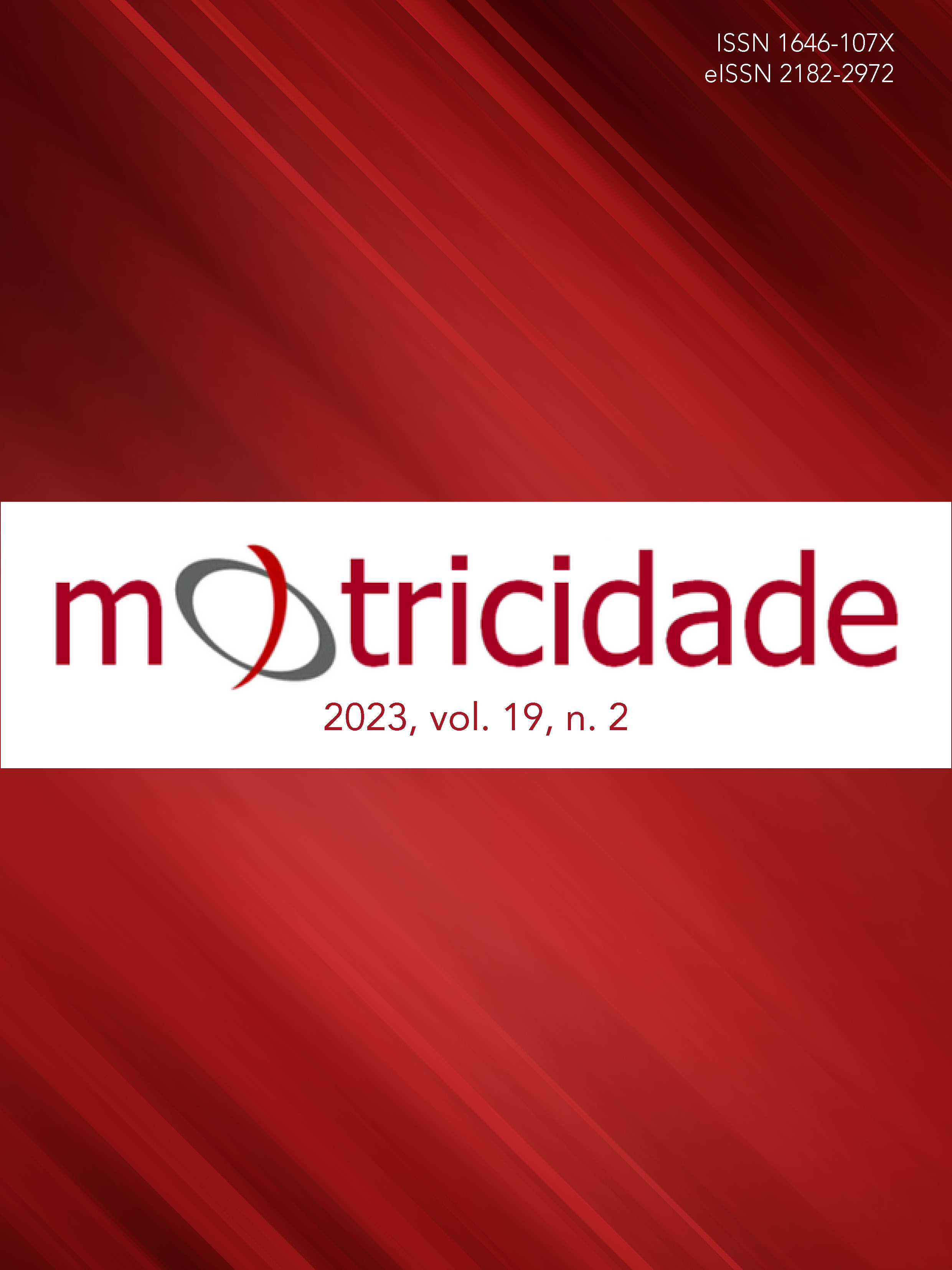Correlation between anthropometric variables and physical performance in lifeguard firefighters
DOI:
https://doi.org/10.6063/motricidade.29357Keywords:
Lifeguards, Drowning, Speed, Change of Direction, Ability to perform repeated sprintsAbstract
Some scientific evidence shows that military personnel, including lifeguard firefighters, with high levels of physical fitness may be able to perform their work tasks more efficiently and make the best decisions. The present work aimed to investigate the correlation between anthropometric variables and physical performance in lifeguard firefighters. The sample consisted of 105 men, lifeguard firefighters from the military fire department of the state of Rio de Janeiro. On the first visit, the following procedures were performed: a) completion of the par-Q and the Informed Consent Form; b) anthropometric and body composition measurements. On the second visit, the following tests were performed: 1) 20-meter sprint; 2) zigzag COD; 3) Running Anaerobic Sprint Test. Positive correlations were observed between abdominal perimeter and time in the 20-meter sprint, time in the zig-zag COD, total time in the Running Anaerobic Sprint Test; between waist-to-hip ratio and time in the 20-meter sprint, total time in the Running Anaerobic Sprint Test. Furthermore, negative correlations were observed between abdominal perimeter and velocity in the 20-meter sprint, velocity in the zig-zag COD; between waist-to-hip ratio and speed in the 20-meter sprint. However, no correlations were observed between the perimeter of the abdomen and the fatigue index; between waist-to-hip ratio and zig-zag time and speed COD, fatigue index. it was verified that, in lifeguard firefighters, high scores of abdominal circumference and waist-to-hip ratio negatively influence physical performance.
Downloads
Published
Issue
Section
License
The authors of submitted manuscripts must transfer the full copyright to Journal Motricidade / Sílabas Didáticas Editions. Granting copyright permission allows the publication and dissemination of the article in printed or electronic formats, and copyrights start at the moment the manuscript is accepted for publication. It also allows Journal Motricidade to use and commercialise the article in terms of licensing, lending or selling its content to indexation/abstracts databases and other entities.
According to the terms of the Creative Commons licence, authors may reproduce a reasonable number of copies for personal or professional purposes, but without any economic gain. SHERPA/RoMEO allows authors to post a final digital copy (post-printing version) of the article on their websites or on their institutions' scientific repository.


